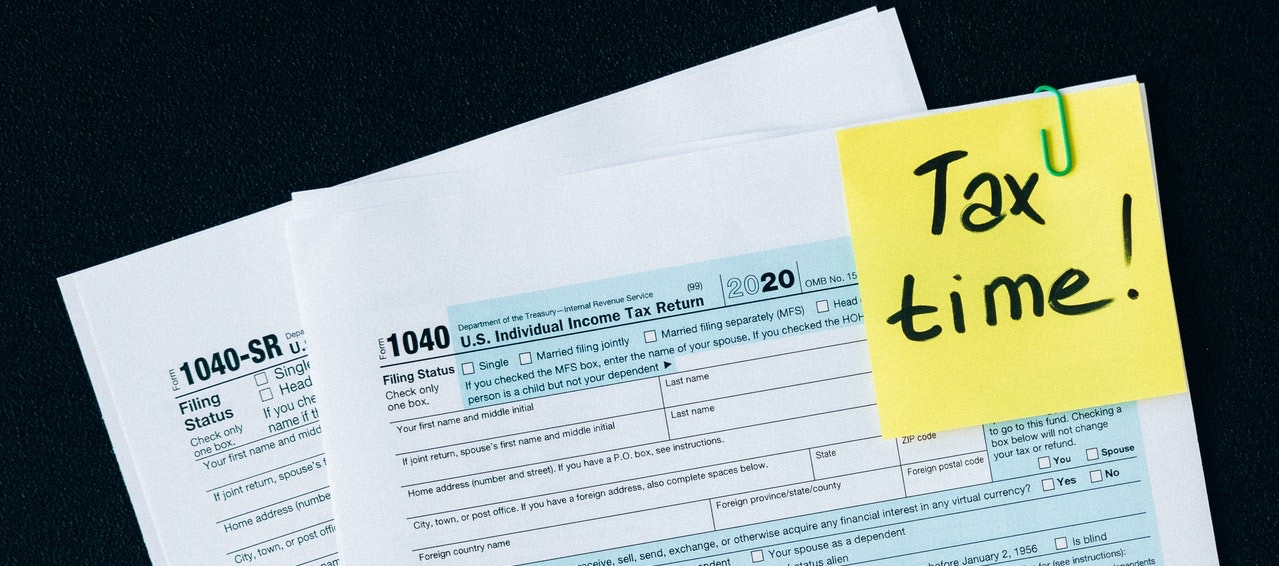Most people dread tax season, and the fear of tax identity theft just adds to the stress of preparing your tax return. But, for identity thieves, tax season is a favorite time of year. Why? Because you and millions of other Americans will send confidential information over the Internet, via fax, and in the mail. As soon as the New Year celebrations end, your employer begins preparing, filing, and mailing W-2, 1099 forms, and a slew of other tax forms containing sensitive data.
In 2021, the Internal Revenue Service (IRS) identified over $10 billion in tax and other fraud. Thieves work around the clock to steal your name, social security number, or other personally identifiable information (PII) and file a forged tax return in the hopes of getting a fraudulent refund. Typically, this happens earlier in the filing season.
Unemployment scams have also been lucrative, especially during the COVID-19 pandemic as states experienced overwhelming benefits claims from millions of first-time filers. Many victims of unemployment fraud won’t find out about it until tax forms arrive for benefits they never received.
Identity thieves also target children’s social security numbers, as they are a “clean slate,” and you may be denied a tax credit because your child’s Social Security number has been attached to someone else’s tax return.
Protect yourself against Tax Identity Theft in 7 steps
Don’t leave yourself vulnerable to identity theft during tax season. Follow these key steps to protect yourself, your family, assets, and your credit.
- File your taxes early. Most people don’t know they are victims of tax identity theft until their tax returns are rejected for using duplicate/previously filed information. Fraudsters file early to beat legitimate taxpayers to the punch, and it can go undetected for months until the rejection from the IRS is received. This is a particularly popular way identity thieves use children’s identities to claim additional tax credits.
- Never send sensitive information via email or text. IRS scammers will often mask themselves with emails or caller ID that looks legitimate. They reach out to you and request personal information that will allow them to file a tax return on your behalf. Do not be fooled! The IRS says it is unlikely to initiate contact with taxpayers using these channels. It prefers to mail communications instead.
- Confirm any requests for information with a phone call. Although a notice in the mail may seem legitimate, it’s relatively easy for fraudsters to set up phony direct mail campaigns and victimize consumers. Always confirm any request by calling the IRS toll-free number: 800-829-1040.
- Choose a trusted and reliable tax preparer. If you or your tax preparer file online, make sure it’s through a secure connection.
- Hand-deliver or securely ship sensitive documents to your tax preparer. Make sure your tax documents, especially W-2 forms and other documentation containing your social security number(s), get into the right hands. Use Certified Mail or Signature Required to confirm the delivery of your documents at your intended destination.
- Fill out and submit an IRS Identity Theft Affidavit. IRS Form 14039, Identity Theft Affidavit, is a fillable form on the IRS website and should be filled out if you try to e-file your taxes and they get rejected due to a duplicate filing. Fill it out, print it, attach the form to your paper return and mail everything to the IRS.
- You should check your credit report regularly, at least once a year. Preferably, consider checking it during tax season.
